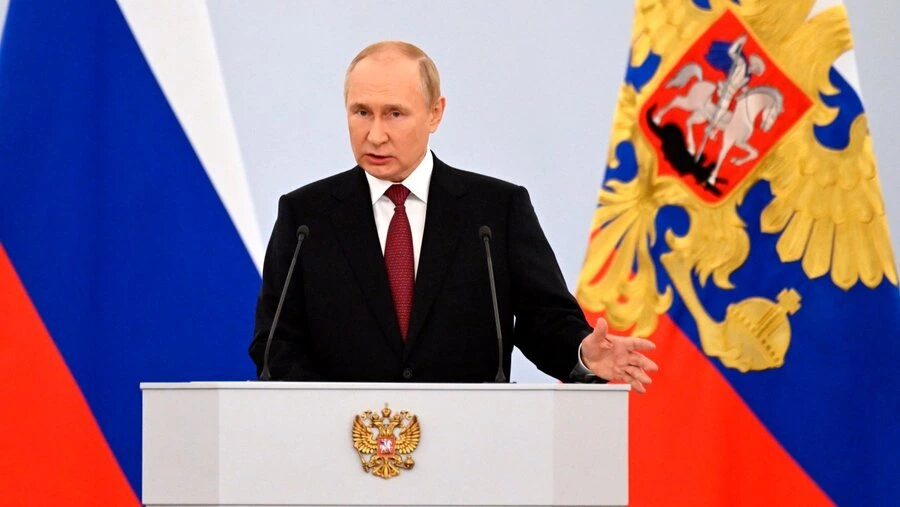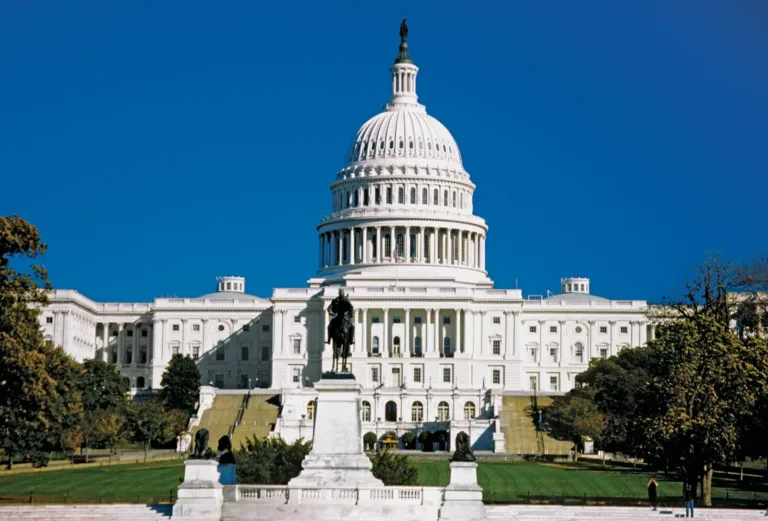
Russia Bans Uranium Export to the USA: What Does This Mean for Global Uranium Trade?
On November 15, 2024, Russia made a major announcement, declaring a ban on the export of uranium to the United States. This move comes as part of escalating geopolitical tensions and an ongoing energy and economic standoff between the two nations. The announcement, made by Russia’s state-owned nuclear agency Rosatom, signals a sharp turn in the uranium market, potentially reshaping global energy dynamics.
Why Did Russia Ban Uranium Exports?
Russia’s decision to halt uranium exports to the USA is rooted in the wider geopolitical climate. This ban is a direct response to a series of sanctions imposed on Russia by the West following its actions in Ukraine and other areas of conflict. For years, Russia has been a major supplier of uranium to the United States, contributing a significant portion of the fuel required for America’s nuclear power plants. However, as relations between the two countries soured, Russia has taken this drastic step, signaling its desire to retaliate against what it perceives as Western hostility.
Russia’s state-owned company, Rosatom, has long been involved in the uranium trade, both as a supplier and as a key player in the global nuclear energy market. While Russia is not the largest exporter of uranium globally, the U.S. has relied on imports for a large portion of its nuclear fuel needs. In fact, the U.S. imported over 16% of its uranium from Russia in 2023, which puts a considerable strain on American energy security.
This ban on uranium exports follows similar actions by Russia in other resource sectors, such as the recent ban on oil exports to certain Western countries. The uranium embargo, however, could have more lasting effects, considering the role of nuclear power in both countries’ energy strategies.
Which Countries Export Uranium?
While Russia’s decision to stop uranium exports to the U.S. is significant, it is not alone in the global uranium market. Other countries have stepped in as major players in uranium exports, including Canada, Kazakhstan, and Australia. These nations, along with Russia, dominate the supply of uranium worldwide.
Canada is home to some of the largest and most productive uranium mines in the world. The country has long been a top supplier of uranium to the U.S. and other nuclear-powered nations. Similarly, Kazakhstan, the world’s largest producer of uranium, has made significant strides in global uranium production and exports. However, the recent ban by Russia is likely to lead to more reliance on these countries for uranium imports to the U.S.
Australia, another key exporter of uranium, has been increasing its exports in recent years. In 2023, Australia exported over 7,000 tonnes of uranium, making it one of the top suppliers globally. Its vast reserves of high-grade uranium are crucial to the world’s nuclear energy sector, especially as the world looks to expand clean energy production. With the Russian ban in place, Australia’s uranium exports are likely to see a rise in demand, further cementing its role in the global energy mix.
Countries like these will now have to fill the gap left by Russia’s ban on uranium exports to the United States. But the question remains: will other countries be able to meet the demand?
Does Russia Use Depleted Uranium?
One of the questions that often arises when discussing uranium exports is whether Russia uses depleted uranium. The answer is yes—Russia does use depleted uranium in several military and industrial applications. Depleted uranium (DU) is uranium that has had most of its fissile isotope, uranium-235, removed. This makes it less radioactive but still dense enough to be used in armor-piercing ammunition, for example.
However, when it comes to energy production, Russia primarily uses enriched uranium in its nuclear reactors. While Russia is not known to be a major user of depleted uranium in its energy sector, the country’s military uses of DU in munitions have attracted global attention. Nevertheless, Russia’s decision to stop exporting uranium to the U.S. is more likely to affect energy rather than military dynamics, though it is not without potential military implications in the future.
How Much Uranium Does Australia Export?
Australia is the third-largest uranium exporter in the world, behind Kazakhstan and Canada. The country has vast reserves of high-quality uranium, and over the past few years, its exports have grown significantly. In 2023, Australia exported approximately 7,600 tones of uranium. Australia’s uranium exports are primarily directed to countries such as China, Japan, and the United Kingdom.
The Russian uranium ban is expected to boost demand for Australian uranium, as the United States looks to secure alternative sources of nuclear fuel. Australia, as a reliable and politically stable source of uranium, is likely to see increased interest from U.S. energy companies and other nations in need of fuel for their nuclear power plants.
What Does Russia’s Uranium Ban Mean for the Global Uranium Market?
Russia’s ban on uranium exports to the USA will undoubtedly have significant ripple effects throughout the global uranium market. The United States, which has increasingly relied on foreign imports for its nuclear fuel, will need to find alternative suppliers. Countries like Canada, Kazakhstan, and Australia will likely step in to fill the gap left by Russia’s withdrawal, though this may take time to fully implement.
Moreover, the ban on uranium exports could drive up global uranium prices. With Russia pulling out of the market, the supply of uranium could become more constrained, pushing prices higher. In turn, this could impact the cost of nuclear power generation, potentially affecting energy prices worldwide.
The U.S. government is already exploring ways to reduce its dependence on foreign uranium. In recent months, there have been efforts to expand domestic uranium production and to explore new sources of supply. However, it is unlikely that domestic production alone will be enough to replace the significant share that Russia provided.
Conclusion
The Russian decision to ban uranium exports to the United States marks a critical moment in the global uranium trade. While this move is part of a broader geopolitical conflict, it underscores the complex dependencies between countries in the global energy and resource markets. As nations like Canada, Kazakhstan, and Australia rise to prominence in uranium exports, the world will be watching closely to see how these shifts affect nuclear energy, prices, and political relations.
For the U.S., securing alternative sources of uranium will be a priority, especially as the demand for nuclear energy continues to rise. Countries with abundant uranium resources, such as Australia, will play an increasingly important role in shaping the future of nuclear energy and the global economy. As we move forward, the consequences of Russia’s ban may reverberate far beyond the uranium market, affecting global energy security and the delicate balance of power in the international arena.
Aaron K, USFocusNews.com 16/11/2024





